Peace Lily aka Spathiphyllum Macrophyllum
Peace Lily aka Spathiphyllum Macrophyllum, is a beautiful and popular houseplant known for its striking white blooms and lush green foliage. Here’s a detailed overview of this plant:
Key Characteristics of Peace Lily aka Spathiphyllum Macrophyllum
- Appearance:
- Leaves: The Peace Lily aka Spathiphyllum Macrophyllum has large, glossy, dark green leaves with a prominent ribbed texture. The foliage is broad and arching, creating a lush, tropical appearance.
- Flowers: The plant produces white spathes (modified leaves) that surround a central spadix (a spike-like structure). The flowers are usually white but can occasionally have a greenish tint before turning white.
- Size:
- Height: Spathiphyllum macrophyllum can grow to about 3 to 4 feet (0.9 to 1.2 meters) tall, with a similar spread.
- Spread: The plant’s broad leaves give it a bushy, full appearance.
- Blooming:
- Flowers: Peace Lilies bloom intermittently throughout the year, typically in spring and summer. The white spathes can last for several weeks.
Growing Conditions for Peace Lily aka Spathiphyllum Macrophyllum
- Light:
- Preference: Peace Lilies thrive in low to medium, indirect light. They can tolerate low light but tend to flower better with more light. Avoid direct sunlight, which can scorch the leaves.
- Watering:
- Frequency: Keep the soil consistently moist but not waterlogged. Water the plant when the top inch of soil feels dry. Peace Lilies are sensitive to dry conditions and may show drooping leaves as an indicator that they need water.
- Method: Water thoroughly until it drains out of the bottom of the pot. Ensure the pot has good drainage.
- Soil:
- Type: Use a well-draining potting mix, such as a standard indoor plant mix or one designed for tropical plants. A mix containing peat moss, perlite, or vermiculite is ideal.
- Temperature and Humidity:
- Temperature: Peace Lilies prefer temperatures between 65-80°F (18-27°C). They are sensitive to cold and should be kept away from drafts and cold windows.
- Humidity: They enjoy higher humidity but can tolerate average household levels. To increase humidity, consider misting the plant or placing it on a humidity tray.
- Fertilization:
- Frequency: Feed Peace Lilies with a balanced, water-soluble fertilizer every 6-8 weeks during the growing season (spring and summer). Reduce feeding in the fall and winter when growth slows.
- Pruning and Maintenance:
- Pruning: Remove yellow or brown leaves at the base to maintain appearance and promote new growth. Dead flowers should also be removed to encourage new blooms.
- Repotting: Repot the plant every 1-2 years or when it outgrows its container. Choose a pot that is 1-2 inches larger in diameter than the current one.
Pests and Problems with Peace Lily aka Spathiphyllum Macrophyllum
- Common Pests: Peace Lilies can be susceptible to pests like spider mites, aphids, and mealybugs. Regularly inspect your plant and treat any infestations with appropriate insecticides or natural remedies.
- Diseases: Overwatering can lead to root rot and fungal issues. Ensure proper drainage and avoid letting the plant sit in standing water.
- Leaf Issues: Yellowing leaves can indicate overwatering or poor light conditions. Adjust watering practices and light exposure as needed.
Toxicity
- Note: Peace Lilies are mildly toxic to pets and humans if ingested. They contain calcium oxalate crystals, which can cause irritation in the mouth and digestive tract. Keep out of reach of pets and small children.
Overall, the Peace Lily is a versatile and attractive plant that can enhance indoor spaces with its elegant blooms and lush foliage. With the right care, it can thrive and continue to bring beauty to your home.

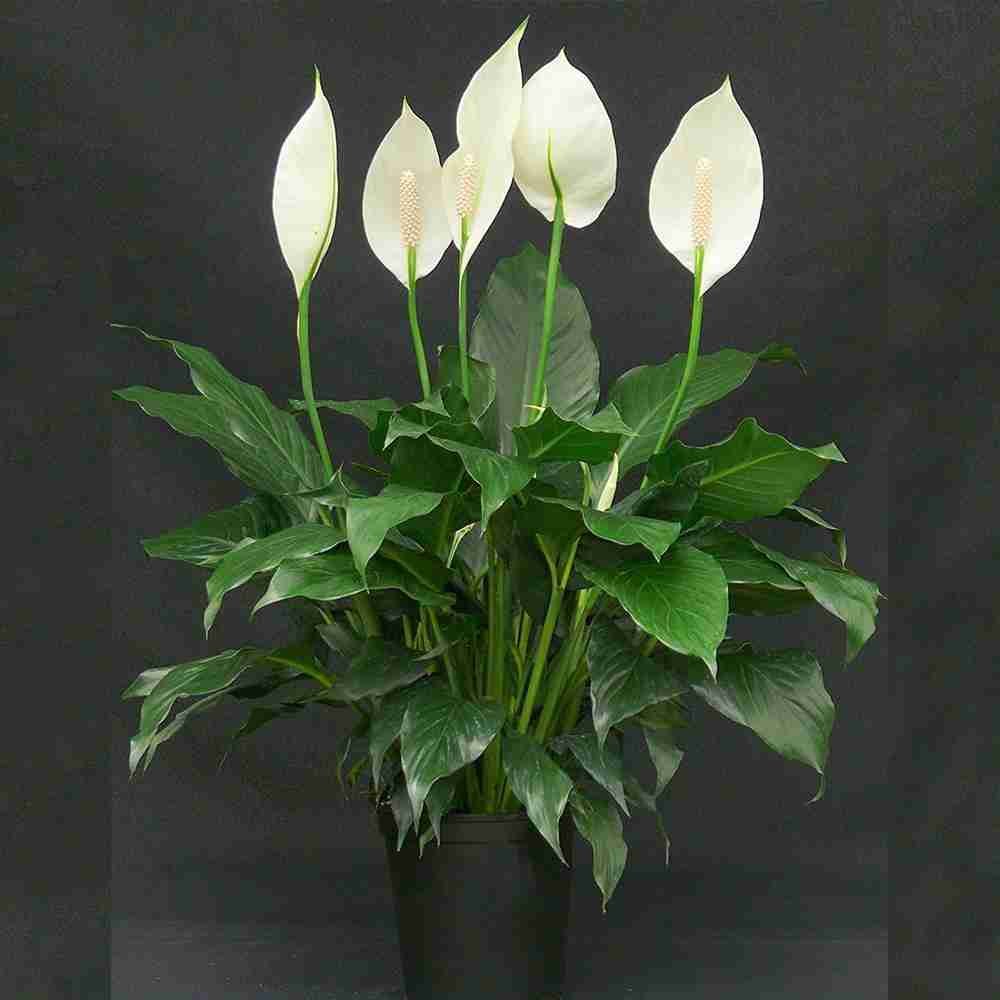
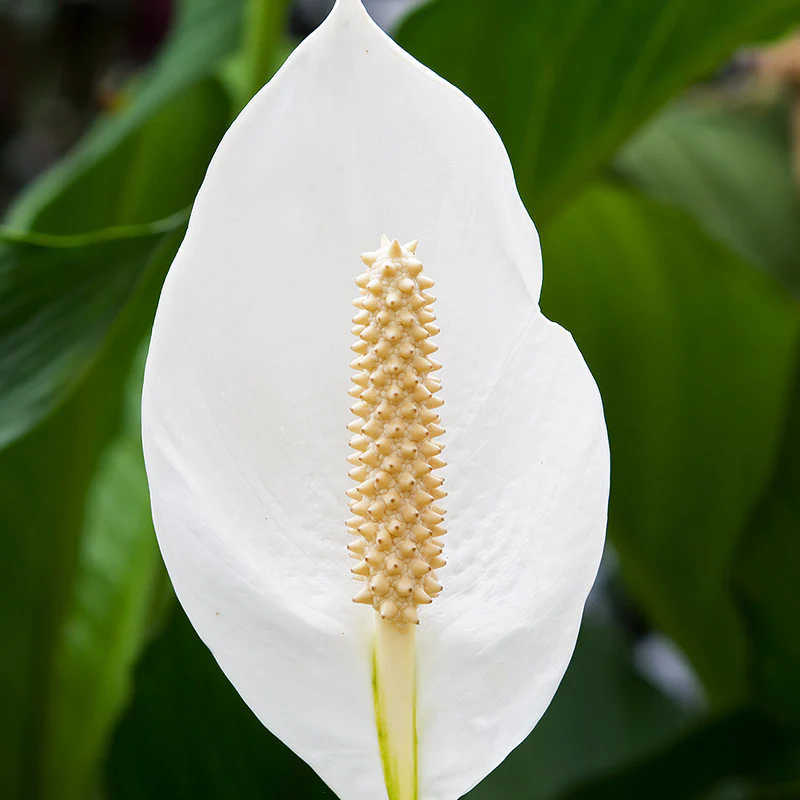
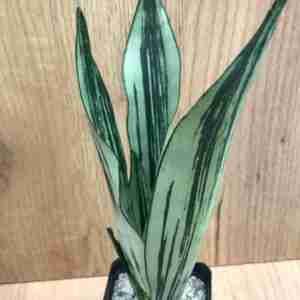
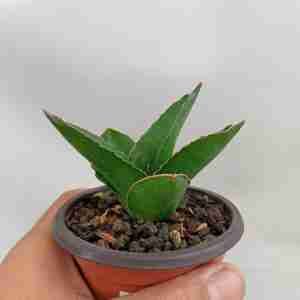
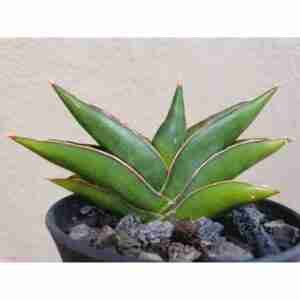

Reviews
There are no reviews yet.